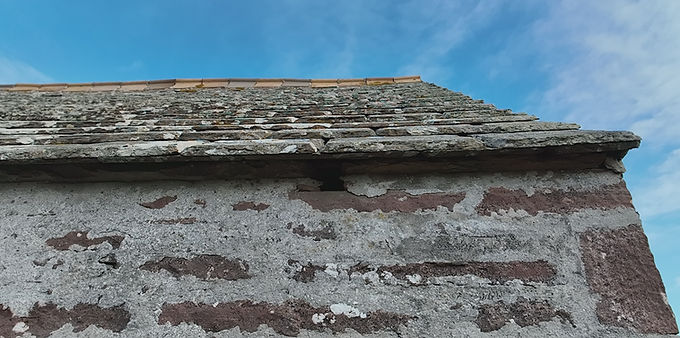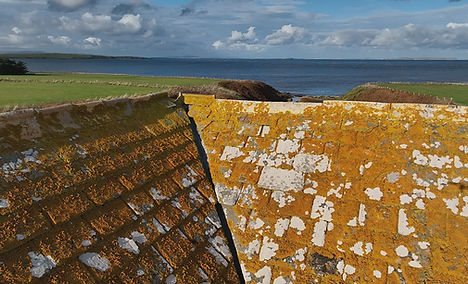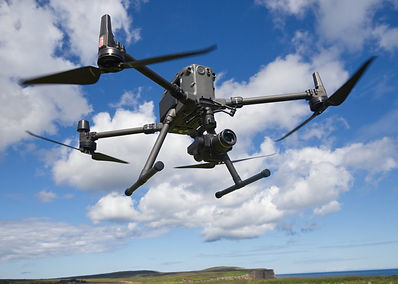
BAT SURVEYS
Preliminary Bat Roost Assessments
A Preliminary Roost Assessment (PRA) is undertaken as a means of evaluating if bats and their roosts might be affected by planned development.
Key functions of a PRA:
-
To classify a structure in terms of its suitability to be used as a roosting place for bats.
-
To record any evidence relating to the presence of bats both internally and externally.
-
Propose recommendations for further surveys, such as dusk emergence surveys, to determine the presence/likely absence of bats within a structure or to classify any bat roosts that have been previously recorded.
PRAs are usually conducted at the planning stage of a development and are often requested by Local Planning Authorities as a means of supporting a planning application.
A PRA normally consists of both an external and internal inspection of the building or structure. During the inspection, the surveyor(s) examine the site for external features which may lead to internal voids or any cavity/crevices that could be used by roosting bats, such as raised or missing roof tiles.
In addition to the above, the surveyor will look for other evidence relating to bat occupation, including bat droppings, feeding remains, as well as the presence of live or dead bats.
Given the legal protection afforded to bats and their roosts, even projects that do not require planning permission, i.e., roof repairs or replacement, should also undertake a PRA to ensure that appropriate measures have been employed to avoid impacts on bats and their roosts before the project starts.
Next Steps
Although PRA surveys often confirm the presence of roosting bats, in isolation, a PRA is insufficient to confirm absence, unless the structure is deemed to possess a very low suitability. The following scenarios may help in clarifying this statement.
1) If the building is assessed as having negligible suitability, the PRA report can be submitted in support of a planning application or as supporting evidence concerning an assessment of a permitted development.
2) In many situations, additional surveys, such as dusk emergence, dawn re-entry, and even hibernation surveys, are required to determine if the proposed project will negatively impact bats and their roosts.
Important: Bat surveys must be scheduled as early as possible, given their time-sensitive nature for implementation. Subsequently, if bats are recorded, their presence need not constrain the delivery of the project.
Habitats
In addition to the building, the on-site assessment also considers the local environment, in the form of the habitat types present and their connectivity. What sort of landscape surrounds the building? Is there woodland nearby, hedgerows, or watercourses? Nearby habitats have a major influence on the likelihood of bats occupying a building.
Our Approach
At Northern Insight Ecology, we employ a combination of expertise based on almost 30 years of experience, combined with the deployment of modern technology, to provide clients with the robust information required to progress their projects with confidence, at the same time protecting bats and enhancing their conservation status through appropriate mitigation.
Although our bat surveys or investigations, as I like to call them, consist of a standard working methodology; however, all investigations are tailored to an individual client’s requirements, the site, and the local environment.
Equipment - External / Internal Inspections
-
10x50 Binoculars
-
Powerful LED torches
-
Camera
-
Ladders
-
Endoscope
-
Ultraviolet lights
-
Extendable mirrors
-
Drone, photograph opposite taken during an
external inspection of a three-storey building.
Equipment - Emergence Surveys
-
Handheld ultrasound detectors (bat detector)
-
Passive ultrasound detectors for long-term monitoring
-
Thermal & Infra-red video cameras, the photograph below shows an individual Common pipistrelle bat (circled) emerging from a roost site.
-
Thermal drone as an aid to record bats emerging from large or multi-faceted buildings.
All the above equipment can be considered essential items in our toolbox and greatly assist in understanding whether bats are present and if so, how they are using the features within the building and the local habitats, i.e., for foraging or commuting.
However, such tools cannot replace the experience of the surveyor(s) and must only be used to assist in the provision of robust survey data, which can only be extrapolated by an experienced ecologist.
Of course, bat surveys are not just limited to buildings. Bats also roost in trees and other natural features, such as rock crevices. Often, in the case of new infrastructure developments, such as roads or powerlines, bat surveys are undertaken at a landscape level.
Contact Northern Insight Ecology for more information; we will coordinate with you to achieve your goals efficiently while safeguarding wildlife.



A close-up of the bat roost entrance shown in the thermal photograph above, taken by a drone.




Looking for Signs of Bats